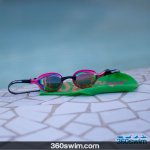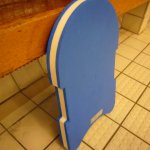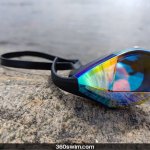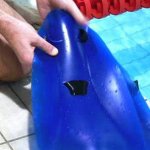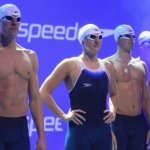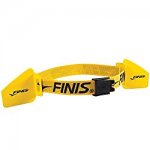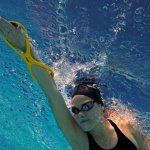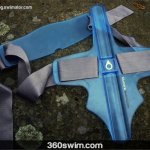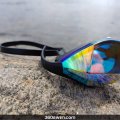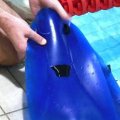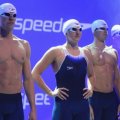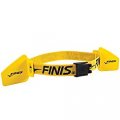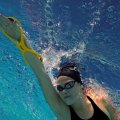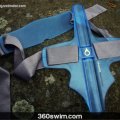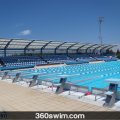CHOOSING THE RIGHT GOGGLES FOR YOU
Are there differences between swimming goggles which I should consider? What swimming goggles should I use for my first triathlon swim?
I get asked these questions and many more over and over from the beginner swimmers I coach.
And no wonder. With the endless combinations of shapes, lens colors, and brands, choosing goggles can be confusing.
Usually, what tends to happen is that the first pair of goggles you buy are from your local supermarket’s aquatics aisle, not realizing that they’re probably the worst pair you can find :).
Quick Jump To:
- Goggle Shape and Fit
- Lens Color and Type
- Price and Performance
- High-Tech Goggles and Smart Features
- Final Thoughts: Comfort Over Cost
- FAQ
Once you get to the pool, you discover they don’t sit properly on your face, leak constantly, and fog up after one lap.
I covered some tips for buying your first pair of swimming goggles in a previous post, but it never hurts to get a second opinion.
This time, I asked the professional swimming equipment seller WT Sports what to consider when buying goggles, and here’s what we came up with.
Goggle Shape and Fit
Shape is the most important factor when choosing goggles. It determines how they fit and feel on your face.
Goggles come in all shapes and sizes, from small racing models to full-sized masks.
Smaller goggles sit closer to your eyes for a streamlined profile. They are great for competitive swimming.
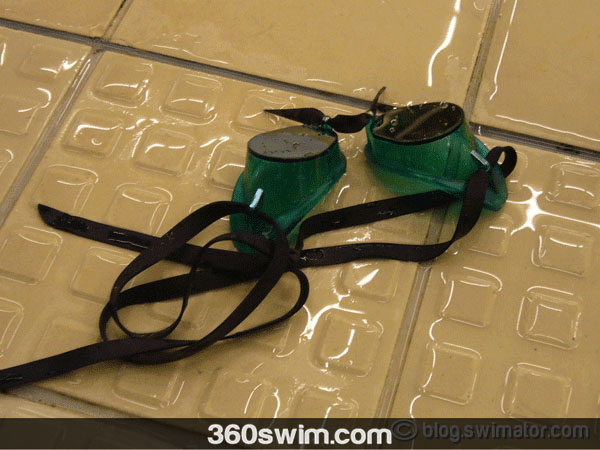
However, the tight seal can cause eyelash friction or bruising if worn too tight.
On the opposite end of the spectrum are mask-style goggles, built for comfort and visibility, ideal for recreational swimming or snorkeling.
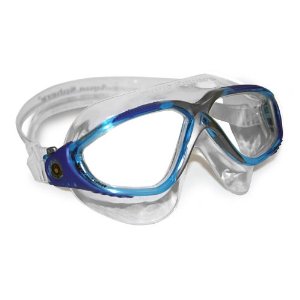
They’re larger, easier to fit, and less prone to leaks.
If you swim for fitness rather than competition, these might be the better choice.
Lens Color and Type
Next, consider where you’ll be swimming most often.
Clear lenses offer maximum visibility in dimly lit pools. These are perfect for indoor swimming.
Mirrored or polarized lenses, on the other hand, are ideal for outdoor use since they reflect glare and protect your eyes from sunlight.
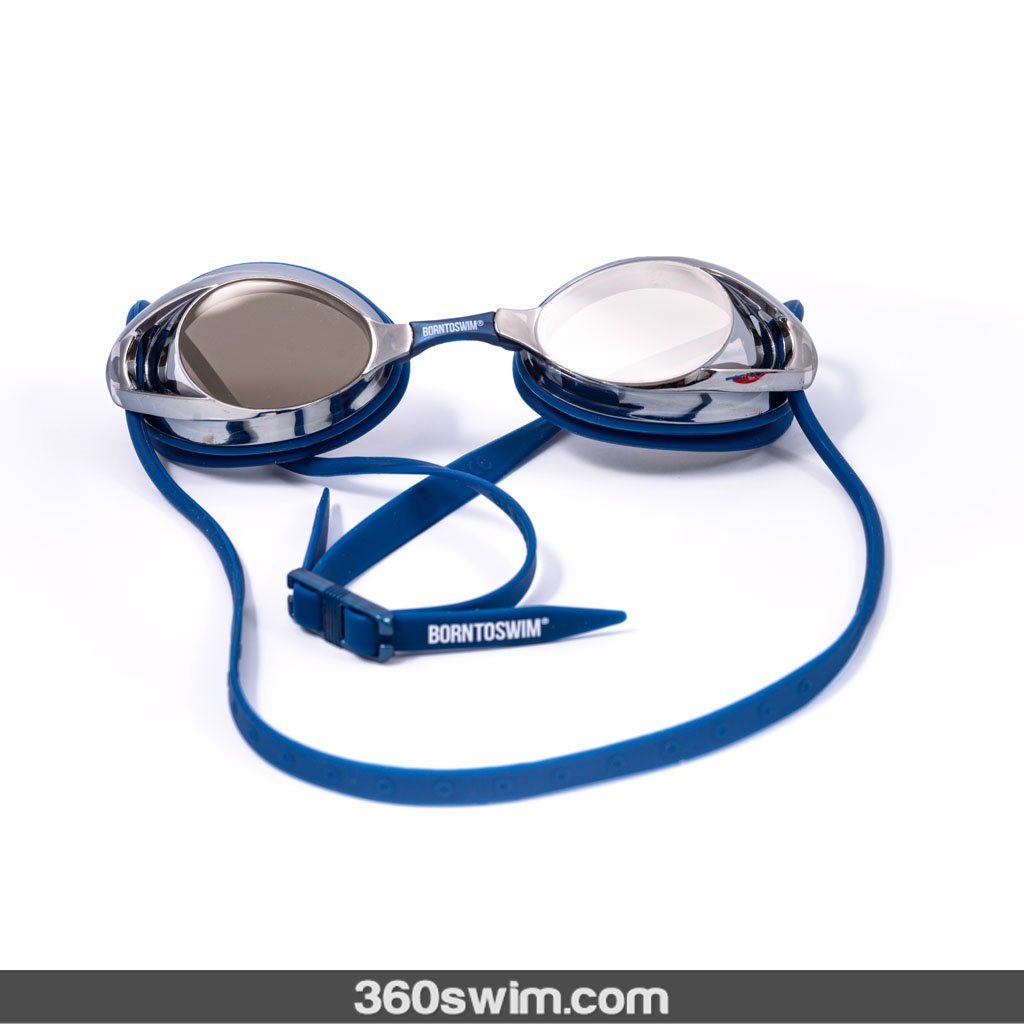
Orange or tinted lenses can enhance contrast and brightness underwater.
Most goggles today include anti-fog technology. Remember though, don’t rub the inside of the lenses or you’ll remove the protective layer.
Price and Performance
The final consideration is price and what you get for it.
Like with most gear, value matters more than cost. How much you spend depends on how seriously you take your swimming.
Casual swimmers can get great goggles for around 10-30 bucks, while high-end models with advanced coatings or ergonomic designs can cost more.
For example, Form Swim Goggles can reach around $200 but come with real-time swim data displayed in the lenses.
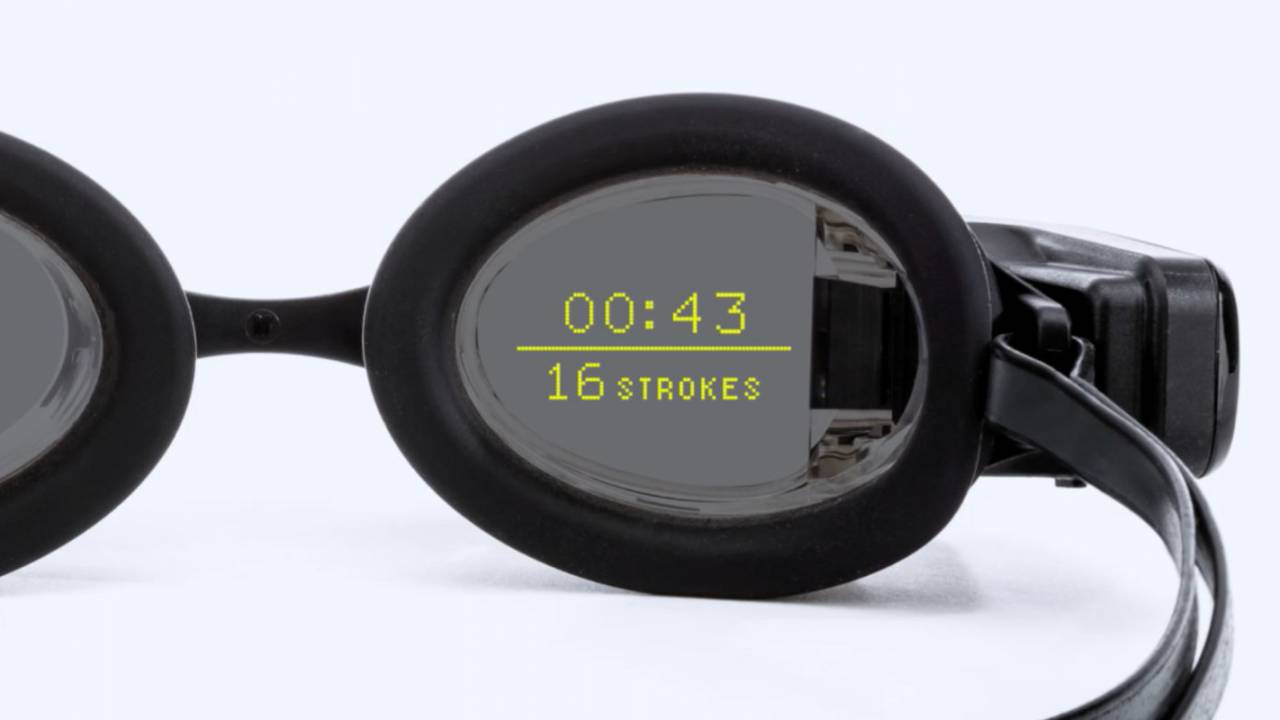
Still, many swimmers find that simple, low-cost goggles, like Swedish ones, outperform expensive models in comfort and performance if they fit well.
High-Tech Goggles and Smart Features
Technology in goggles has advanced rapidly.
Some high-end models now include built-in displays, sensors, and even apps that track your swim metrics.
But beyond smart goggles, there’s also a breakthrough in custom-fitted goggles. These goggles are designed to perfectly match your face shape.
Custom-Fitted Goggles for Perfect Seal
Unlike mass-produced goggles, custom-fit models like THEMAGIC5 use a 3D facial scan to create a personalized gasket that seals naturally to your face.
They’re ideal if you struggle with leaks or pressure marks.
They’re also surprisingly hydrodynamic, offering comfort and performance in one.
🎥 theMagic5 Goggles Review
Final Thoughts: Comfort Over Cost
As you can see, there’s no one-size-fits-all approach.
The look and price of goggles are secondary. Comfort, fit, and purpose come first.
I’ve tried them all: suction-cup types, foam padding, masks, and even old-school Eastern European rubber designs.
And yet, after all that, the simplest Swedish goggles still win for me.
That said, everyone’s face is unique, so experiment and find what feels right for you.
Share your own goggle experiences or horror stories in the comments below. I’d love to hear them!
Frequently Asked Questions
How do I know if goggles fit my face properly?
Press them gently against your eyes without using the strap. If they stay on for a few seconds through suction alone, the fit is good. The seal should feel snug but not painful around your eye sockets.
What’s the difference between racing goggles and mask-style goggles?
Racing goggles are small and low-profile for minimal drag, while mask-style goggles have larger seals that offer comfort and wider vision, great for recreational or open-water swimming.
What lens color should I choose for my swimming environment?
Clear lenses are best for indoor pools or low light. Mirrored or polarized lenses work best outdoors to reduce glare and protect your eyes from UV rays.
Are expensive goggles really better?
Not necessarily. Higher-end goggles may offer better coatings and durability, but comfort and fit are what matter most. Many swimmers prefer classic Swedish goggles that cost under €10.
Do smart goggles help you swim better?
Smart goggles, like Form Swim Goggles, display real-time data such as distance, pace, and time. They’re useful for data-driven swimmers but not essential for casual or technique-focused training.
How can I prevent leaks in my goggles?
Ensure the strap sits level around your head and isn’t too tight. Adjust the nose bridge for symmetry. If leaks persist, try a different gasket material or custom-fitted goggles like THEMAGIC5.
When should I replace my goggles?
Replace goggles when straps lose elasticity, lenses are scratched, or anti-fog coating wears off. For frequent swimmers, this can be every 6-12 months depending on care and quality.
 LNURL1DP68GURN8GHJ7URP0YHRXD3SWDMKJMFWVDHK6TMVDE6HYMRS9A4HSCNCWFXSH3NN0H
LNURL1DP68GURN8GHJ7URP0YHRXD3SWDMKJMFWVDHK6TMVDE6HYMRS9A4HSCNCWFXSH3NN0H